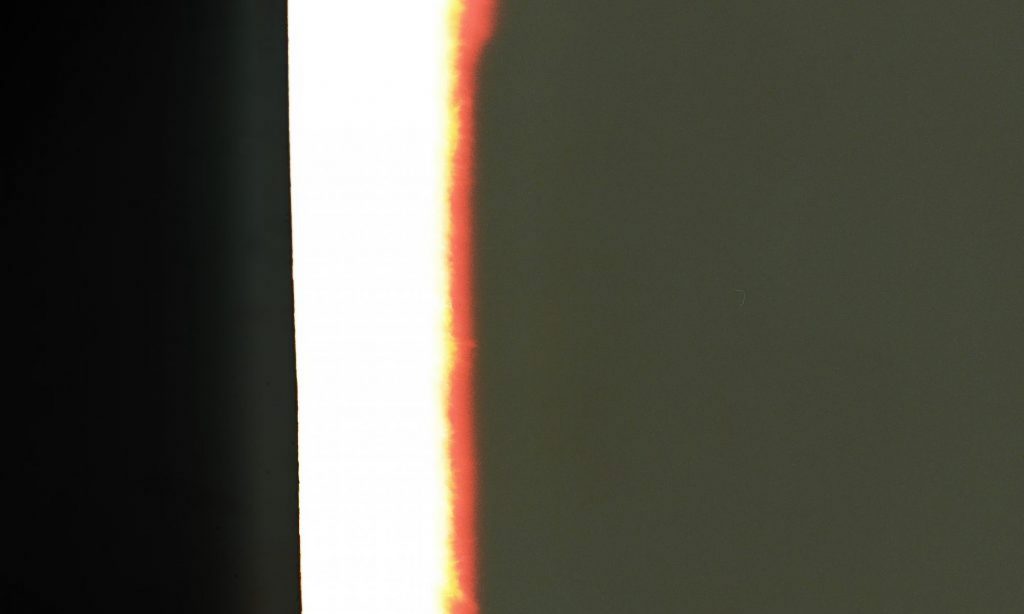The main questions a director must answer are: “where do I put the camera?”, !what do I tell the actors?”, “what’s the scene about?”.
Eisenstein method to make a movie: a succession of images juxtaposed so that the contrast between these images moves the story forward in the mind of the audience. First the shot: it’s the juxtaposition of the shots that moves the film forward. The shots make up the scene.
The mechanical working of the film is just like the mechanism of a dream; because that’s what the film is really going to end up being, isn’t it?
Does anybody know what a MacGuffin is? It’s Hitchcock’s phrase for a little invented device that will carry the action. In a melodrama, a MacGuffin is that thing which the hero is chasing. The secret documents, the delivery of the secret message.. We, the audience, never really know what it is. You are never told more specifically that “it’s the secret documents”. Why should you be? We’ll fill in for ourselves, unconsciously, those secret documents which are important to us.
That’s all it’s good for. People have tried for centuries to use drama to change people’s lives, to influence, to comment, to express themselves. It doesn’t work. It might be nice if it worked for those things, but it doesn’t. The only thing the dramatic form is good for is telling a story.
Why do directors, then, shoot this many takes? Because they don’t know what they want to take a picture of. And they’re frightened. If you don’t know what you want, how do you know when you’re done? If you know what you want, shoot it and sit down. Suppose you are directing the “get a retraction” movie.
You don’t have to narrate with the dialogue any more than you have to narrate with the pictures or the acting. The less you narrate, the more the audience is going to say, “wow. What the heck is happening here? What the heck is going to happen next…?” Now, if you’re telling the story with the pictures, then the dialogue is the sprinkles on top of the ice cream cone. It’s a gloss on what’s happening. The story is being carried by the shots. Basically, the perfect movie doesn’t have any dialogue. So you should always be striving to make a silent movie. If you can learn to tell a story, to break down a movie according to the shots and tell the story according to the theory of montage, then the dialogue, if it’s good, will make the movie somewhat better; and if it’s bad, will make the movie somewhat worse; but you’ll still be telling the story with the shots, and they can take the brilliant dialogue out.
There are some directors who are visual masters – who bring to moviemaking a great visual acuity, a brilliant visual sense.
(TFE) If you want to become an effective storyteller, one of the most important things you can do is to have a clear vision of your story, so that it reflects your unique take on it, not somebody else’s.
(TFE) Anything and everything that is included in the composition of a shot will be interpreted by an audience as being there for a specific purpose that is directly related and necessary to understand the story they are watching.
(TFE) Hitchcock’s rule. An amazingly simple yet extremely effective principle that Alfred Hitchcock shared with François Truffaut during the writing of Truffaut’s “Hitchock/Truffaut”, states that the size of an object in the frame should be directly related to its importance in the story at that moment.

